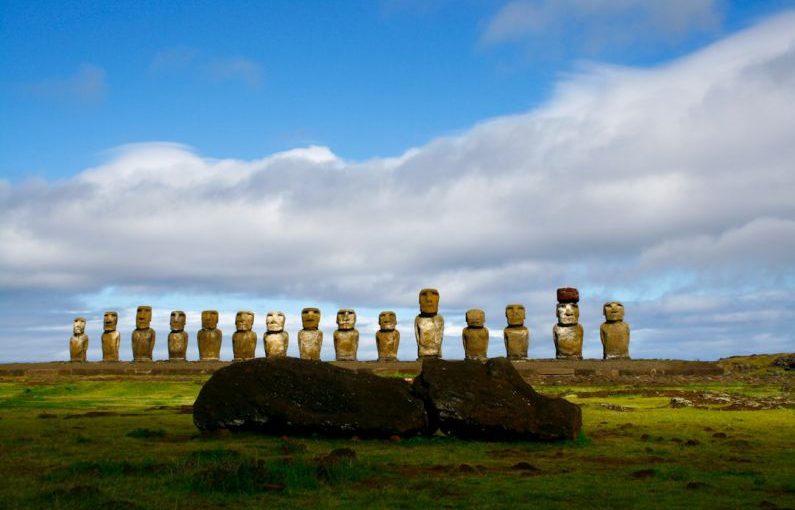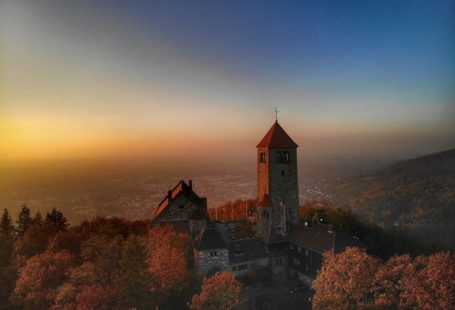Easter Island, a remote speck in the vast Pacific Ocean, is home to one of the world’s most enigmatic and awe-inspiring sights—the Moai statues. These colossal stone figures, with their enigmatic expressions and imposing presence, have captivated travelers and researchers for centuries. Gazing upon the Moai statues of Easter Island is a profound experience that evokes a sense of wonder and mystery.
The Mystique of the Moai
The Moai statues are the defining feature of Easter Island, also known as Rapa Nui. Carved by the Rapa Nui people between the 13th and 16th centuries, these monolithic figures stand guard over the island, watching over the land with an air of quiet authority. The mystery surrounding the Moai lies not only in their sheer size and number but also in the unanswered questions about their creation and purpose.
Each Moai is a unique work of art, with distinct facial features and expressions. Some have intricate carvings on their backs, representing tattoos or other symbolic elements. The statues vary in height, with the tallest reaching over 30 feet, while others are smaller and more modest in scale. Despite their differences, all the Moai share a sense of solemnity and dignity that is both haunting and captivating.
The Riddle of the Moai
One of the most enduring mysteries of the Moai statues is how the Rapa Nui people managed to carve and transport these massive figures across the island. The statues were carved from volcanic tuff, a relatively soft rock found in the quarries of Rano Raraku, the main quarry site on Easter Island. Scholars believe that the Rapa Nui used stone tools and a combination of techniques, including levering, to carve the statues and move them to their final resting places.
The process of transporting the Moai, some of which weigh up to 80 tons, is a subject of ongoing debate among researchers. Some theories suggest that the statues were rolled on logs, while others propose that they were moved upright using a system of ropes and manpower. The exact method remains uncertain, adding to the mystique and allure of the Moai statues.
The Legacy of the Moai
Despite the passage of centuries, the Moai statues continue to fascinate and inspire visitors to Easter Island. These silent sentinels stand as a testament to the ingenuity and artistry of the Rapa Nui people, who created these magnificent works of art with limited resources and tools. The Moai also serve as a reminder of the fragility of human civilization and the impact of environmental degradation on a once-thriving culture.
Visitors to Easter Island are drawn to the Moai not only for their aesthetic beauty but also for the sense of wonder and reverence they inspire. Gazing upon these ancient statues, set against the backdrop of the island’s rugged landscape and turquoise waters, is a humbling experience that invites reflection on the passage of time and the resilience of the human spirit.
The Enigma of the Moai
As the sun sets over Easter Island and the Moai statues cast long shadows across the landscape, the enigma of these ancient figures only deepens. Who were the Rapa Nui people, and what compelled them to create such monumental sculptures? What stories and beliefs are encoded in the faces of the Moai, staring out across the centuries with inscrutable expressions?
Gazing upon the Moai statues of Easter Island is more than just a tourist attraction—it is a journey into the heart of a lost civilization, a glimpse into a world where art, spirituality, and the forces of nature converged in a symphony of stone and sky. The Moai stand as a testament to the enduring power of human creativity and the eternal quest for meaning and connection in a vast and mysterious universe.





